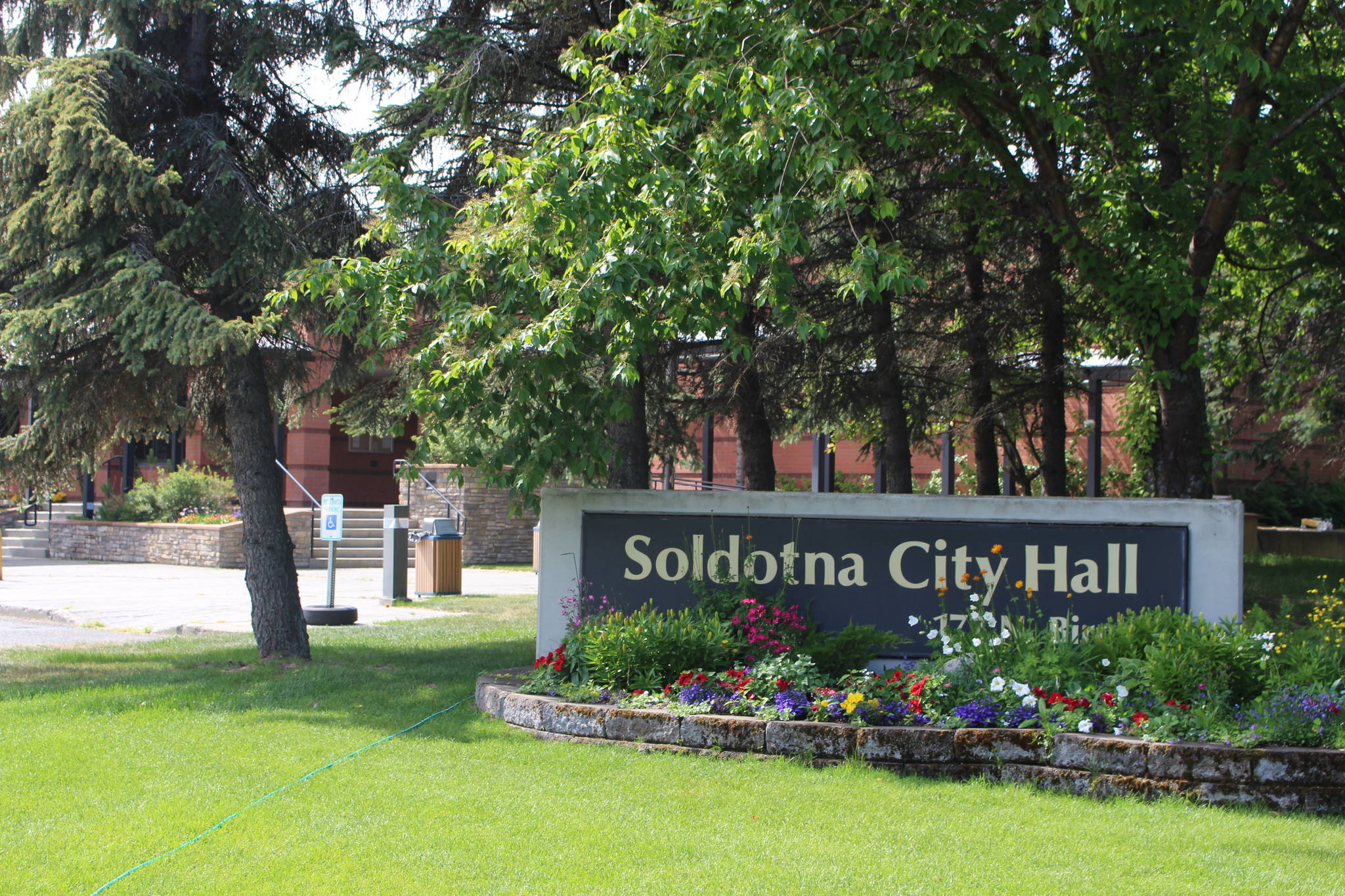The City of Soldotna is threatened most by floods, wildland fires, earthquakes, volcanoes and weather events. That’s according to the city’s “All Hazard Mitigation Plan,” which the Soldotna City Council voted unanimously to update during their March 24 meeting.
According to the legislation, the plan is required in order for the city to remain current for mitigation planning efforts and in order to successfully apply for grant funding. Outlining hazard mitigation plans additionally reduces potential harm to the public and to property and saves money in the long run. The city last adopted a hazard mitigation plan in 2016.
Of 12 identified hazards to the city, the five considered to pose the greatest risk to the city include floods, wildland fires, earthquakes, volcanoes and weather events.
Among the most vulnerable structures in Soldotna according to the city’s hazard matrix are roads, parks, bridges, boardwalks and the wastewater plant, which all stand to be negatively affected by floods, wildfires, earthquakes, volcanic eruptions and weather events.
Identified in the plan are four goals in planning for hazard mitigation.
The first is to reduce the vulnerability of properties and infrastructure along the Kenai River to flooding and ice damage. The city regulates development within 100 feet of the river, but does not have a special development review or permitting process for construction specifically as it relates to location within a floodplain.
The other three are to reduce city and residents’ vulnerability to wildland fires, to damage from earthquakes and to extreme weather events. In all, the city outlined 13 mitigation strategies it can implement to directly respond to those threats.
Soldotna Director of Economic Development and Planning John Czarnezki said that in addition to making the city eligible for certain grant money, the plan can also help guide decisions the city makes with regards to mitigation moving forward.
“If you don’t have it in the plan, you likely aren’t going to be eligible for the grant funds, so you want to include those in the plan for that reason alone,” Czarnezki said. “The planning documents themselves … provide some guidance, both at the administrative level and at the policy level, you know, we can look back and say, ‘Hey, these are the things that we thought were important.’”
The four strategies they designated as being “high priority” address their goals relating to fires, earthquakes and extreme weather. To help mitigate midland fires, the city suggests promoting education and awareness among homeowners about fires and by providing information during the permit and zoning permit process.
Other high priority actions include making a list of earthquake preparedness resources and shelter facility locations available online, making educational programs related to extreme weather available online and promoting the use of Alaska 511 by drivers traveling on the Sterling and Seward Highways.
Following unanimous approval of the plan by the Soldotna City Council, the plan now must be adopted by the Kenai Peninsula Borough and approval documents must be submitted to the State of Alaska and to FEMA.
The full plan can be viewed at soldotna.org.
Reach reporter Ashlyn O’Hara at ashlyn.ohara@peninsulaclarion.com.

